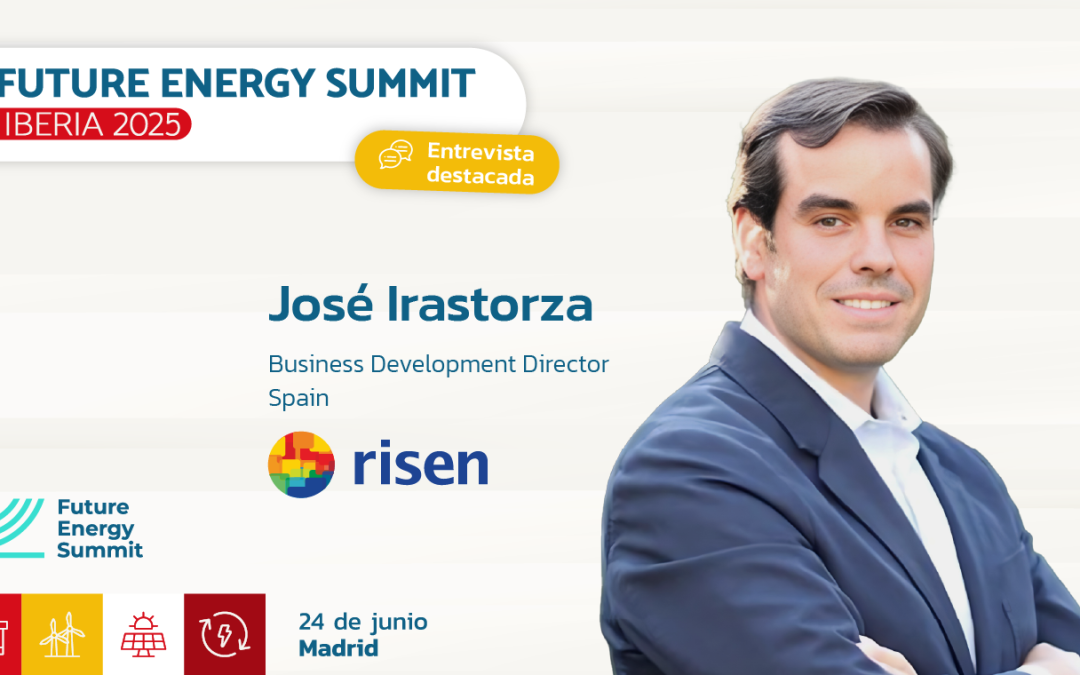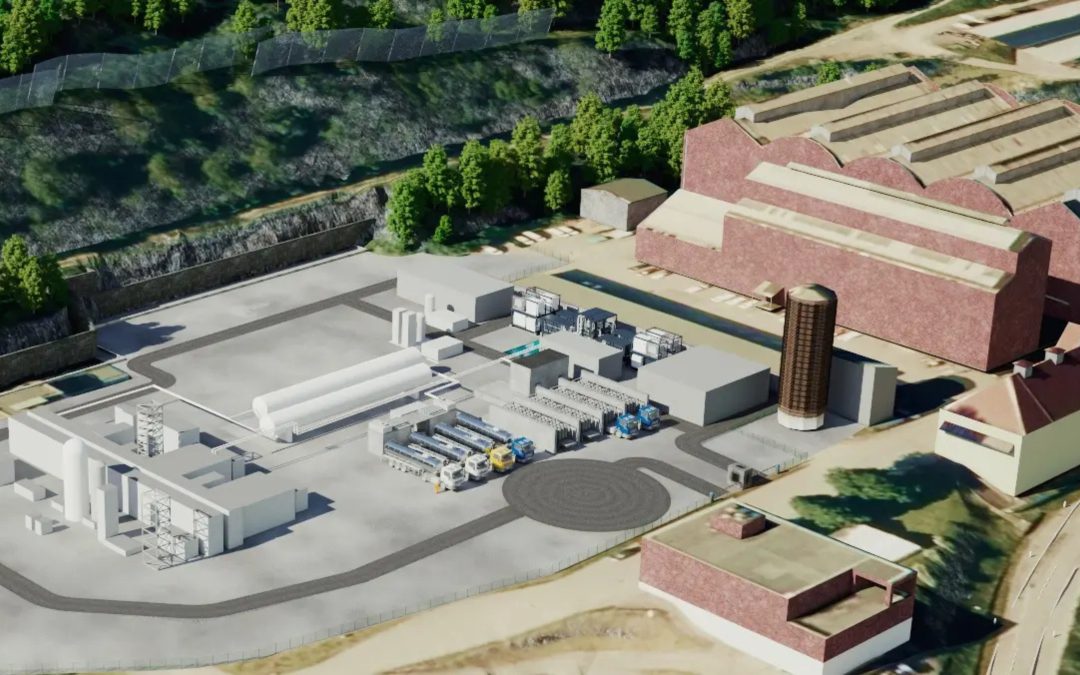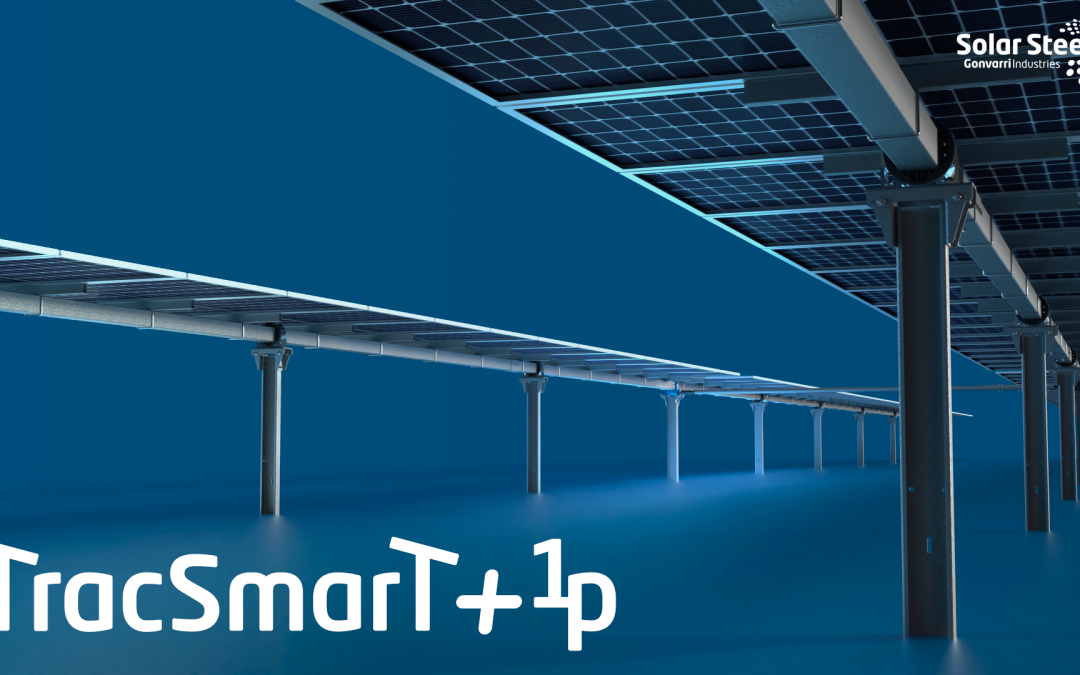
Risen Energy will consolidate its expansion in Europe starting with FES Iberia 2025
“The meeting of renewable energy leaders is an opportunity to lay the groundwork for what may come in the coming months,” says Juan Antonio Irastorza.

“The meeting of renewable energy leaders is an opportunity to lay the groundwork for what may come in the coming months,” says Juan Antonio Irastorza.

With 89 GW of installed capacity as of 2024, Europe is consolidating its energy transition through an unprecedented growth in storage technologies, led by pumped hydro and electrochemical batteries. The EU’s new state aid framework will be key to adding a further 128 GW by 2030, according to the EMMES 9.0 report.

Within a year, Sweden’s battery capacity for balancing services soared from 80 MW to 610 MW, yet local grid operators are struggling to keep up. A report by Svensk Solenergi reveals the regulatory, technical and operational barriers slowing down their integration.

Europe’s hydrogen market is facing serious hurdles to reach final investment decisions. Despite political momentum, only 4% of global projects reach that milestone, amid major challenges in financing, transparency, and implementation of programs such as IPCEI. Experts from the EIB, EBRD, and companies like Lhyfe reveal what is needed to unlock the value chain.

Norwegian Hydrogen has now made the investment decision for a new hydrogen plant in Rjukan, Telemark in Norway. This is part of the company’s strategy, which includes existing production of green hydrogen and several new projects currently under development across the Nordic region.

It is a dual-row solar tracker that optimizes LCOE, reduces installation time, enhances energy performance, and adapts to uneven terrain, strengthening its leadership in efficient and versatile solar solutions worldwide.